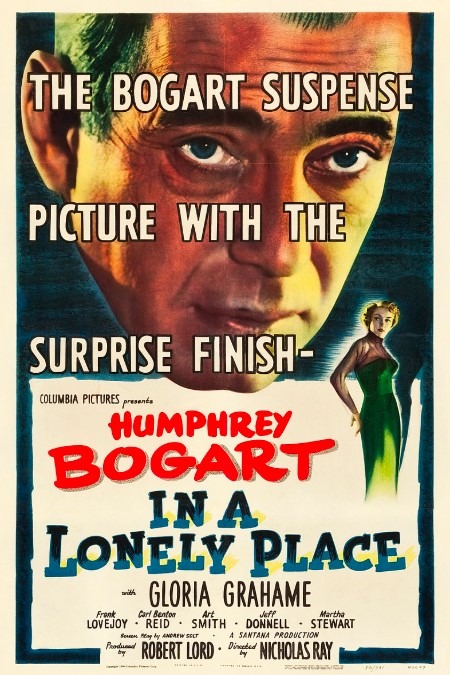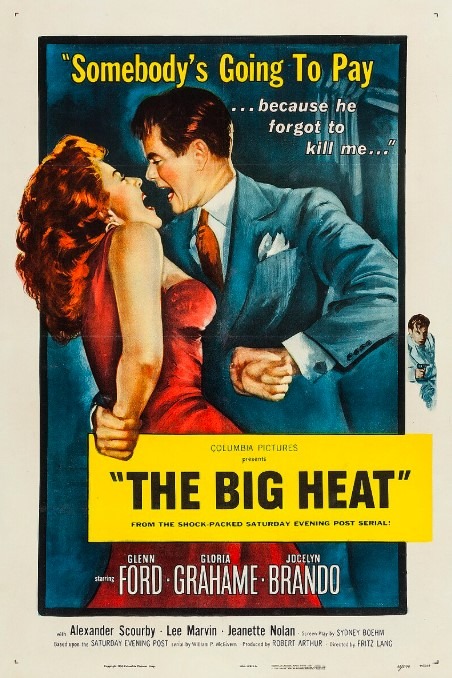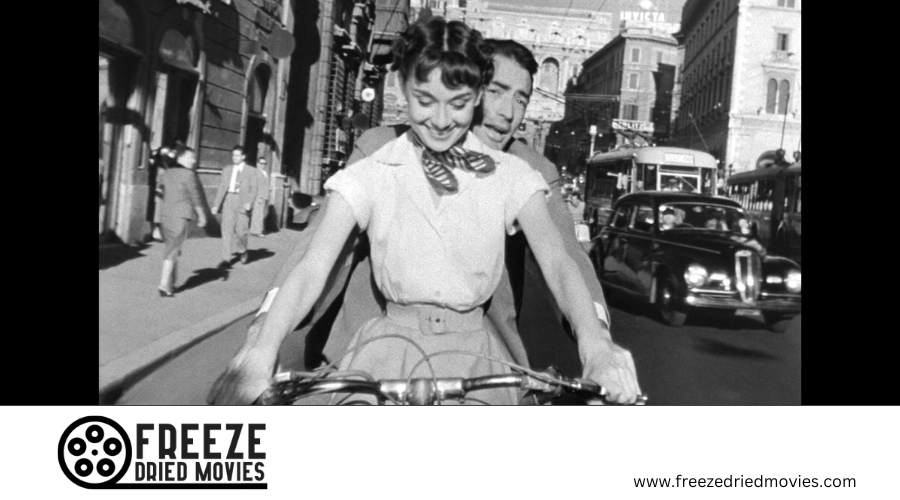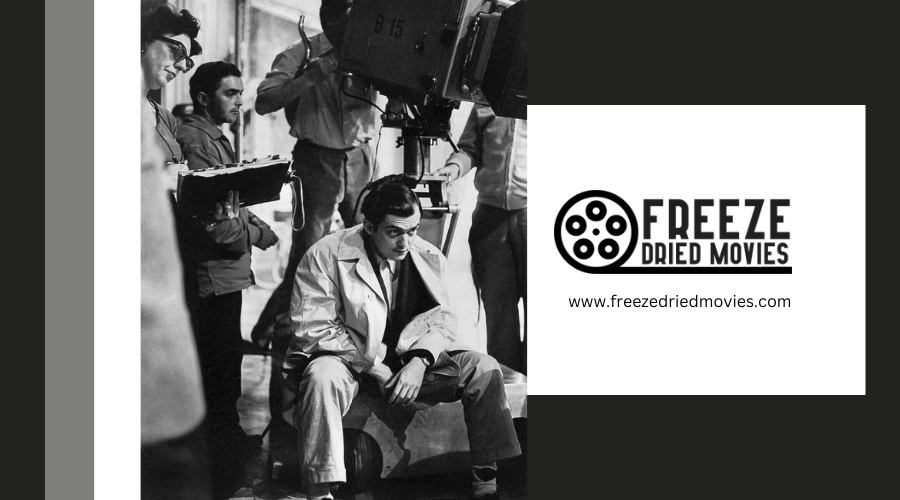Hidden Gems: Underrated Film Noir Classics of the 1950s

You'll find hidden gems in 1950s film noir like "The Killing," where non-linear storytelling and intense heist plots make an indelible mark. "The Hitch-Hiker," filmed in real-time, grips you with its tension, turning the screw with each passing second. Immerse yourself in the compelling racial dynamics of "The Crimson Kimono," or investigate post-war societal tensions in "Panic in the Streets." These films captivate with their chiaroscuro lighting, deep focus, and urban decay visuals that mirror internal struggles. Their stories offer psychological depth, moral dilemmas, and complex female characters. There's more intrigue to uncover in these often-overlooked noir classics.
Unique Narrative Techniques
Film noir often draws you in with its unique narrative techniques, setting it apart from other genres. In "The Killing" (1956), you're immediately captivated by its non-linear narrative. The film unfolds through a series of flashbacks, offering a complex view of a heist gone wrong. This structure invites you to piece together the plot, revealing character motivations and betrayals as the story progresses.
"The Hitch-Hiker" (1953) employs real-time storytelling to keep you on the edge of your seat. Directed by Ida Lupino, the film follows two men taken hostage by a serial killer. You experience the suspense and tension as events unfold in real-time, immersing you in the characters' harrowing expedition.
In "Cry of the City" (1948), dual narrative perspective is used to investigate the moral complexities of law and crime. You witness the intertwining lives of a cop and a criminal, gaining insights into their respective dilemmas. This approach allows you to empathize with both sides, adding depth to the narrative.
These films illustrate how film noir harnesses unique narrative techniques to engage you, making each story a compelling experience. A distinctive feature of 1950s film noir is urban decay, which serves as a backdrop, reflecting societal issues and adding depth to the narratives.
View this post on Instagram
Psychological crime stories in film noir frequently examine the complexities of the human mind, offering an enthralling blend of suspense and moral ambiguity. These films aren't just about solving crimes; they investigate the psychological tension that defines human behavior. In The Dark Mirror (1946), directed by Robert Siodmak, you encounter a murder investigation involving identical twins, a classic noir theme that analyzes duality and identity. It's a crime film where psychological suspense is at the forefront, leaving you questioning the nature of good and evil. Siodmak continues this investigation in Cry of the City (1948), where the moral dilemmas faced by both law enforcement and criminals reveal the psychological scars of shared pasts. It's a gripping tale that sees characters wrestling with their choices. Meanwhile, In a Lonely Place (1950) uses Humphrey Bogart's troubled screenwriter to probe into isolation and paranoia, making you ponder the thin line between truth and madness. In The Prowler (1951), a police officer's obsession becomes a catalyst for moral ambiguity, while Sudden Fear (1952) builds psychological suspense as Joan Crawford's character confronts her husband's betrayal. Each film masterfully engages you in a world of psychological intrigue and tension. The cultural impact of film noir in the 1950s echoed Marlon Brando's portrayal of youth rebellion and societal tension, as seen in his iconic roles. Ambiguity takes center stage when female leads navigate the shadowy world of film noir, offering a complex portrayal of desire and power. In "Clash by Night" (1952), Barbara Stanwyck's character embodies the restless spirit of post-war America, caught between romantic entanglements and societal expectations. Her expedition highlights the moral ambiguity and psychological tension that define these narratives. You're drawn into her world as she grapples with her desires, challenging the age's conventional norms. Evelyn Keyes in "The Prowler" (1951) further investigates this theme. Her character becomes the object of a police officer's obsessive pursuit, a dark examination of desire. The suspenseful narrative forces you to confront the blurred lines between right and wrong, as the film probes into the depths of moral ambiguity. Meanwhile, Joan Crawford in "Sudden Fear" (1952) displays remarkable female agency. Her portrayal of a playwright caught in a deadly love triangle emphasizes paranoia and betrayal, making you question the true motives of those around her. Even earlier works like "The Dark Mirror" (1946) with Olivia de Havilland, though just outside the 1950s, resonate with themes of identity and psychological tension, enriching the tapestry of film noir's portrayal of female complexity. The 1940s also experimented with psychological and supernatural horror, which influenced the complex narratives of film noir with their nuanced exploration of inner fears and moral dilemmas. As you leave behind the shadowy allure of female complexity in film noir, the genre's intrigue persists with gripping heist and robbery plots. These classic film noir tales often explore the careful planning and high stakes of crime, while investigating the human condition. Take "Armored Car Robbery" (1950), for example. This underrated film by Richard Fleischer delivers a fast-paced heist story in just 67 minutes, packing intense action and suspense into every moment. "Kansas City Confidential" (1952) offers another dimension, weaving a tale of a dramatic robbery and wrongful accusation. As you follow the protagonist's quest to clear his name, the film unravels the true criminals behind the heist. Meanwhile, John Huston's "The Asphalt Jungle" (1950) stands out for its exploration of complex characters and the consequences of crime, making it a seminal heist film. Stanley Kubrick's "The Killing" (1956) presents a racetrack heist through a non-linear narrative, highlighting betrayal and fate's role in the characters' plans. Ultimately, "The Great St. Louis Bank Robbery" (1959) showcases the careful planning and eventual downfall of criminals, cementing its place as a compelling noir tale. The 1940s' narrative complexity and techniques laid the foundation for these intricate plots and character-driven stories, influencing the trajectory of film noir in the 1950s. Many film noir classics of the 1950s envelop you in their dark worlds through striking cinematic visuals. You'll notice how chiaroscuro lighting techniques create dramatic contrasts between light and shadow, emphasizing themes of moral ambiguity and existential dread. These visual elements aren't just decorative; they're fundamental to the storytelling, making you feel the tension and uncertainty within each scene. Urban settings play a vital role in these films, using decaying cityscapes to mirror the characters' internal struggles and societal woes. You can see how the gritty backdrop of a city adds layers of meaning, making the environment as much a character as the people inhabiting it. This setting intensifies the narrative, immersing you deeper into the noir experience. Deep focus cinematography further improves the narrative complexity, particularly in films like "The Night of the Hunter." This technique allows multiple layers of action within a single frame, inviting you to investigate every corner of the screen. Visual motifs, such as reflections and mirrors, delve into themes of duality and identity, just like in "The Dark Mirror." These symbolic elements challenge you to question reality and the true nature of the characters, keeping you engaged throughout the film. Films of the 1940s, such as Cat People, exemplified the strategic use of lighting and shadow to evoke suspense and psychological fear. Film noir of the 1950s offers a window into post-war societal anxieties, capturing the period's pervasive paranoia and moral ambiguity. As you explore these underrated classics, you'll uncover rich cultural reflections that mirror the time's tumultuous identity struggles. Films like The Crimson Kimono (1959) present a nuanced exploration of race and identity, highlighting the challenges faced by marginalized communities in a rapidly evolving America. This narrative intricately weaves societal tensions with personal dilemmas, making you ponder the interplay between individual identity and broader cultural shifts. Bette Davis' roles during the 1940s showcased strong female portrayals that defied traditional gender norms, influencing the representation of women in film noir and contributing to the genre's exploration of gender dynamics. Consider the following imagery: Woman on the Run(1950) offers another layer of cultural reflections by focusing on gender roles and expectations. Its protagonist defies conventional norms, asserting her agency in a male-dominated world, thereby questioning contemporary American values and moral ambiguity.Race and Identity
Psychological Crime Stories

Female Leads and Ambiguity

Heist and Robbery Plots
Realism and Corruption

Murder and Suspense

Aging and Personal Drama
Cinematic Visuals

Cultural Reflections




